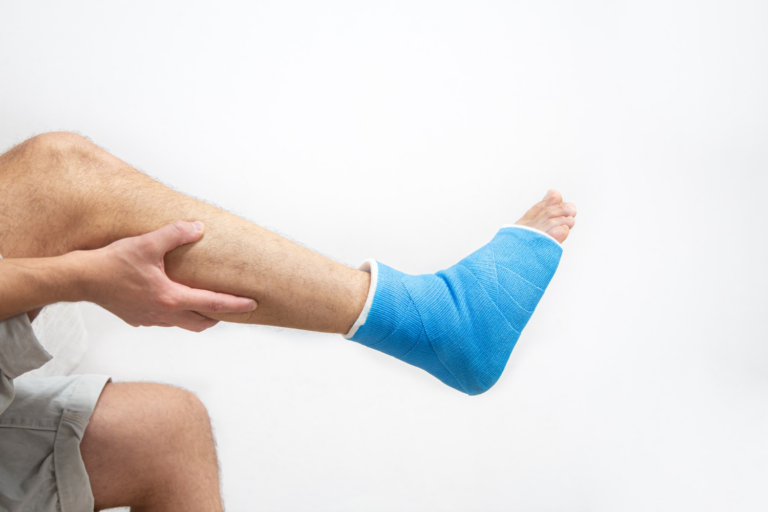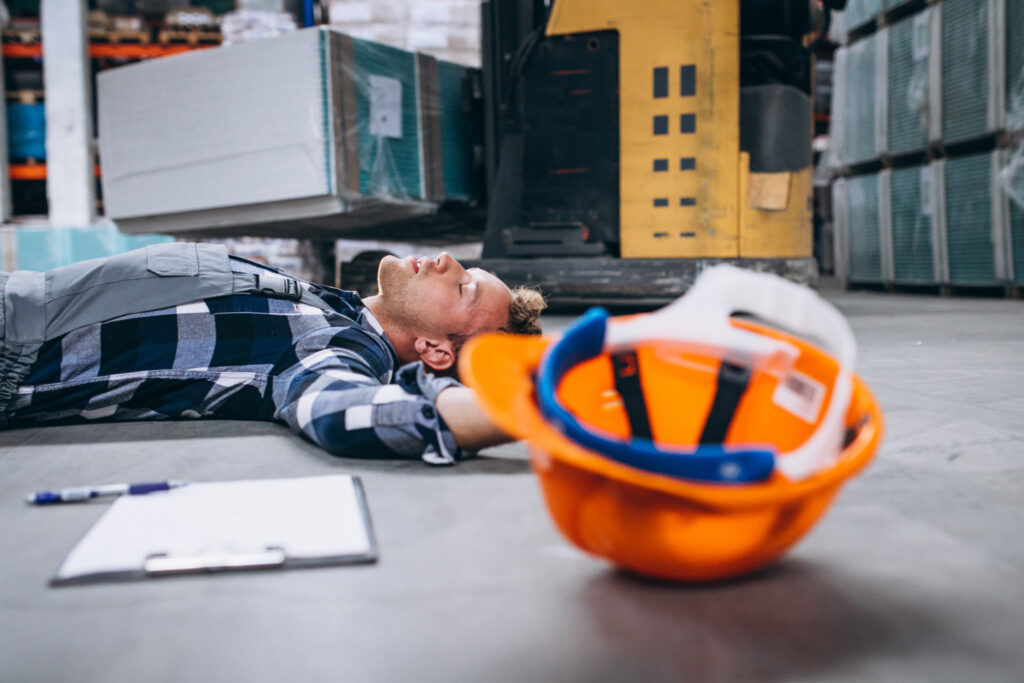In the blink of an eye, a simple misstep can lead to a cascade of consequences, transforming an ordinary moment into a life-altering event. Slip and fall accidents are among the most common causes of serious injury, yet their significance is often underestimated until tragedy strikes. From spinal cord injuries to traumatic brain injuries (TBIs), the spectrum of harm caused by these incidents can be profound and far-reaching. This comprehensive guide aims to shed light on the complex nature of slip and fall injuries, offering insights into prevention, legal considerations, and the path to recovery.
The Reality Behind Slip and Fall Accidents
Each year, slip and fall accidents cast a wide net, indiscriminately ensnaring millions in their grip. These incidents range from fleeting scares that leave no more than a bruise, to devastating mishaps that culminate in life-altering injuries such as broken bones, head injuries, and hip fractures. No environment is immune to the risk—homes, workplaces, and public areas all present potential danger zones. Often, these accidents occur when least expected, leaving victims unprepared for the immediate and sometimes long-term consequences that follow.
The seemingly innocuous act of walking can, within moments, spiral into a scenario fraught with danger. It’s a sobering thought that such commonplace incidents can have profound impacts, affecting not only the physical well-being of individuals but also their financial stability and emotional health. The indiscriminate nature of slip and fall accidents underscores a critical need for awareness and preparedness among the general population.
Reasons Slip and Fall Accidents Occur

Realizing the reason for slip and fall incidents offers valuable insights into their prevention. The culprits behind these accidents are as varied as they are common: unmarked wet floors, uneven walking surfaces, and loose carpets are but a few examples of hazards that lie in wait for the unsuspecting. When an individual encounters such a hazard, the body’s instinctive reaction is to stabilize itself. This sudden, often awkward movement can lead to a wide array of injuries, from minor soft tissue damages to severe outcomes such as spinal cord injuries or traumatic brain injuries (TBIs).
The anatomy of a fall reveals a complex interplay of factors, including environmental conditions, the body’s reflexive responses, and the physical makeup of the individual involved. Understanding these dynamics is crucial for both individuals and organizations in crafting effective strategies to mitigate the risks associated with slip and fall accidents. It’s a stark reminder of the fragile balance we navigate in our daily environments, highlighting the importance of vigilance and safety measures in all aspects of our lives.
Common Injuries After A Slip and Fall Accident
The sudden loss of balance, followed by the impact of hitting the ground, can lead to various types of injuries, from superficial bruises to more severe, life-altering conditions. Understanding the common injuries associated with these incidents can help victims recognize the seriousness of their situation and the importance of seeking immediate medical attention.
1. Soft Tissue Injuries
One of the most common outcomes of a slip and fall accident is a soft tissue injury. These injuries might not be immediately visible but can cause significant pain and long-term problems if left untreated. Soft tissue injuries include sprains, strains, and tears in the muscles, ligaments, and tendons. An ankle sprain from twisting one’s foot during a fall or a wrist sprain from trying to break the fall with one’s hands are typical examples. The absence of external signs makes it crucial for individuals to pay attention to pain and seek medical evaluation, as these injuries can result in chronic pain or decreased mobility if not properly addressed.
2. Broken Bones
The force exerted during a fall can easily break bones, making fractures a common consequence of slip and fall accidents. The wrists, arms, and hips are particularly vulnerable, especially in older adults whose bones may be more fragile. Hip fractures, in particular, are a serious concern for the elderly, as they often require surgery and can lead to long-term disability or even increase the risk of mortality. Immediate medical attention is essential for any suspected fracture to ensure proper healing and rehabilitation.
3. Head Injuries
Head injuries, including concussions and traumatic brain injuries (TBIs), are among the most serious outcomes of slip and fall accidents. The impact of the head hitting the ground or another object can cause the brain to move within the skull, potentially resulting in bruising, bleeding, or swelling of the brain. Symptoms of a head injury can range from mild, such as a brief loss of consciousness or headache, to severe, such as extended unconsciousness, confusion, or amnesia. Given the potential for long-term cognitive, emotional, and physical effects, head injuries should always be treated as medical emergencies.
4. Spinal Cord Injuries
Though less common than other types of injuries, spinal cord damage is a devastating potential outcome of slip and fall accidents. The impact can fracture or dislocate vertebrae, causing bone fragments to damage the spinal cord tissues. This damage can result in partial or complete paralysis, depending on the injury’s location and severity. The implications of spinal cord injuries are often permanent, dramatically altering the course of an individual’s life and necessitating comprehensive, long-term medical care and support.
Addressing The Injuries
The immediate response to a slip and fall accident plays a critical role in the outcome of these injuries. Seeking medical attention immediately, even if injuries seem minor, is paramount. Early diagnosis and treatment can prevent complications, accelerate recovery, and, in severe cases, make a significant difference in the prognosis.
The path to recovery may involve a multidisciplinary approach, including emergency care, surgery, physical therapy, and sometimes psychological support to address the trauma’s emotional aspects. The journey can be long and challenging, underscoring the importance of a strong support network and access to comprehensive medical and rehabilitative services.
Final Thoughts
Understanding slip and fall injuries is crucial because they can seriously affect your life, from spinal cord and brain injuries to broken bones. It’s not just about getting hurt; it’s about how these injuries can change the way you live, work, and play.
If you’re dealing with injuries from a slip and fall, know that you’re not alone. The Injury Centers of Brevard specialize in helping people just like you. They know how to treat serious injuries from falls and can help you on your road to recovery.
Don’t wait to get help if you’ve been injured in a fall. The sooner you reach out, the sooner you can start getting better. Contact us today, and let us help you heal and get back to your life.

